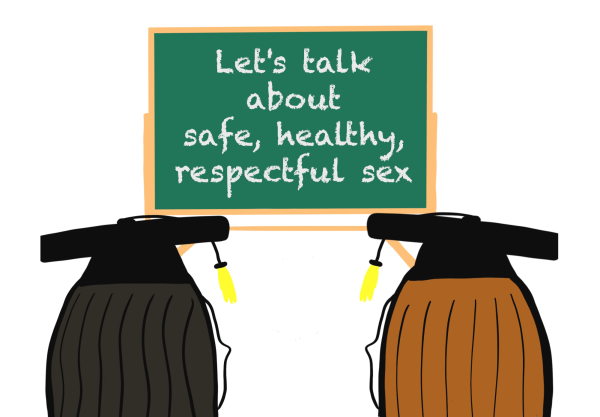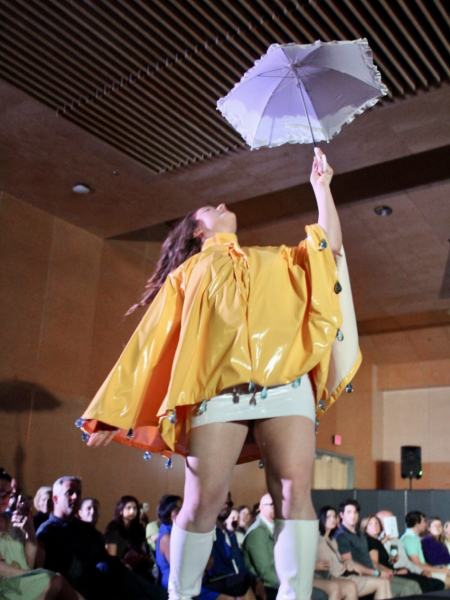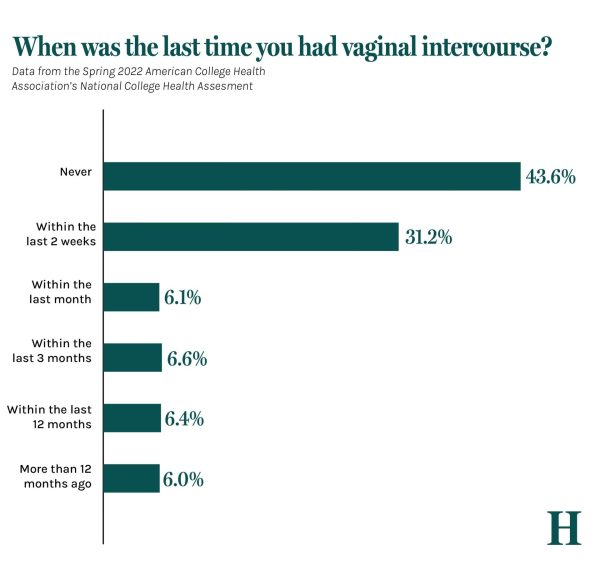The false promises of “inclusive” beauty brands
August 31, 2022
Tall, thin, beautiful models who dedicate their lives to the runway. Who comes to mind? Victoria’s Secret models have achieved an unrealistic standard for the general public. However, consumers of Victoria’s Secret products do not fit this unrealistic mold.
Shopping can be stressful and anxiety-inducing, especially with brands that are not body positive or inclusive. Fortunately, over recent years, fashion brands are working to become more inclusive.
This past June, Victoria’s Secret launched its rebranding video, filled with one-line promises to turn over a new leaf, stating “We’ve changed” and “We promise to advocate for you.” Back in 2018, Victoria’s Secret’s chief marketing officer, Ed Razek, stated in an interview that he did not want to work with transgender or plus-sized individuals in the annual fashion show. Since then, Razek has resigned, and Victoria’s Secret has rebranded as a body-positive and inclusive lingerie brand.
This move towards inclusivity came only after body positivity was embraced by other big fashion companies, such as Aerie’s diversity campaigns dating back to 2014.
Aerie launched their Real campaign with the production of their company in 2014. Since then, they have pledged to not use photoshop or retouch images, and launched their #AerieREAL Role Models campaign and #AerieREAL Voices campaign. The #AerieREAL Role Model campaign brought in appraised public figures and focused on spreading the brands mission of “loving yourself- inside and out”. The #AerieREAL Voices campaign features inspiring voices such as Olympic gymnast Aly Raisman.
The beauty industry also seems to struggle with making inclusive makeup.
Tarte’s limited shade range for their Shape Tape Foundation faced backlash back in 2018, with only three out of the 15 shades for people of color. Tarte has since increased their shade range, which is now available in 61 shades.
Rihanna’s beauty brand, Fenty, is showing all makeup and clothing brands how they should be marketing for diversity in both skin color and body size. Rihanna’s makeup brand, Fenty Beauty, dropped in September 2017 with 40 shades to ensure inclusivity to all skin tones. In the fall of 2018, she dropped her Savage x Fenty line, a lingerie line stressing “fearlessness, confidence and inclusivity,” as communicated on their website.
The praise that Fenty received encouraged similar changes from competing fashion and makeup brands.
Even though there may be a wider variety of shades that makeup brands produce, these companies still have work to do.
At the beginning of 2020, Sephora released a Racial Bias in Retail study detailing customer data they collected through 2019. Collected through primary and secondary research, Sephora revealed numerous truths surrounding racial inequality and retail experiences.
The first of these truths consisted of how limited racial diversity results in exclusionary treatment for consumers of color. The second truth detailed how shoppers of color feel in-store interactions are driven by their ethnicity and skin color. The third truth brought to light how shoppers of color use coping mechanisms to minimize or avoid biased experiences when in-store, such as shopping online or staying away from samples in order to not raise questions of theft. Finally, the last truth stated that “the majority of U.S. Shoppers of color do not voice concerns about negative shopping experiences directly to retailers,” which leads to miscommunication and misrepresentation on prevalent issues.
The second part of this study consists of an action plan, where Sephora pledged to work toward creating a more welcoming environment for consumers of color via their Diversity and Inclusion In-Store Experience dashboard. They have also accepted the 15 Percent Pledge challenge, where 15% of shelves in Sephora are dedicated to Black-owned businesses. Improved diversity and inclusion training has also been implemented, as well as the installation of Sephora Accelerate, a brand incubation process dedicated to promoting and creating brands owned by people of color.
Although Sephora has gone to great lengths to diminish racial inequality and misrepresentation, the damage done to consumers of color still exists at large.
Clothing and lingerie brands are making strides towards diversity and inclusivity for all, modeling after the campaigns by Fenty and Aerie. Although brands such as Victoria’s Secret and Sephora pledge to work towards inclusivity, the harm done to customers cannot be erased, and the racial bias culture that exists in the consumer realm will take time to eradicate.





















Leave a Comment